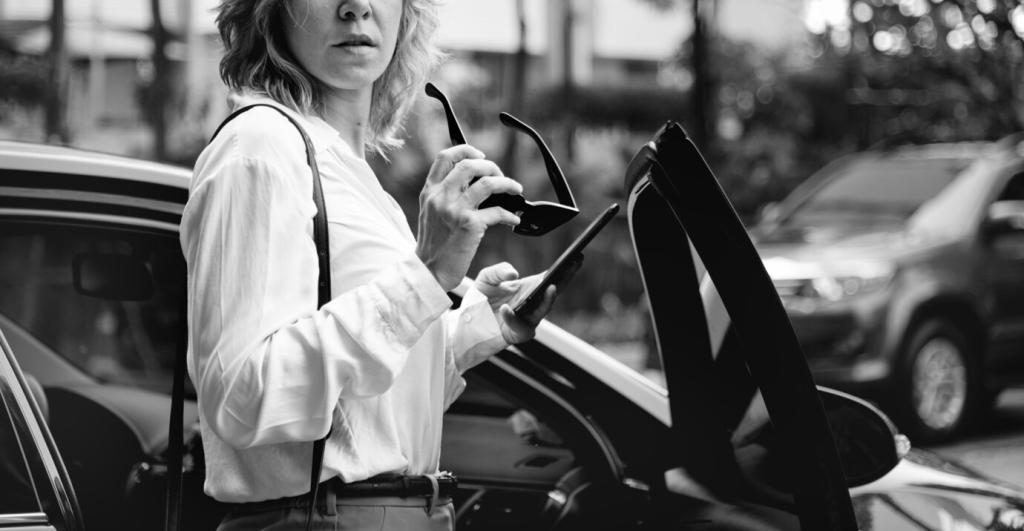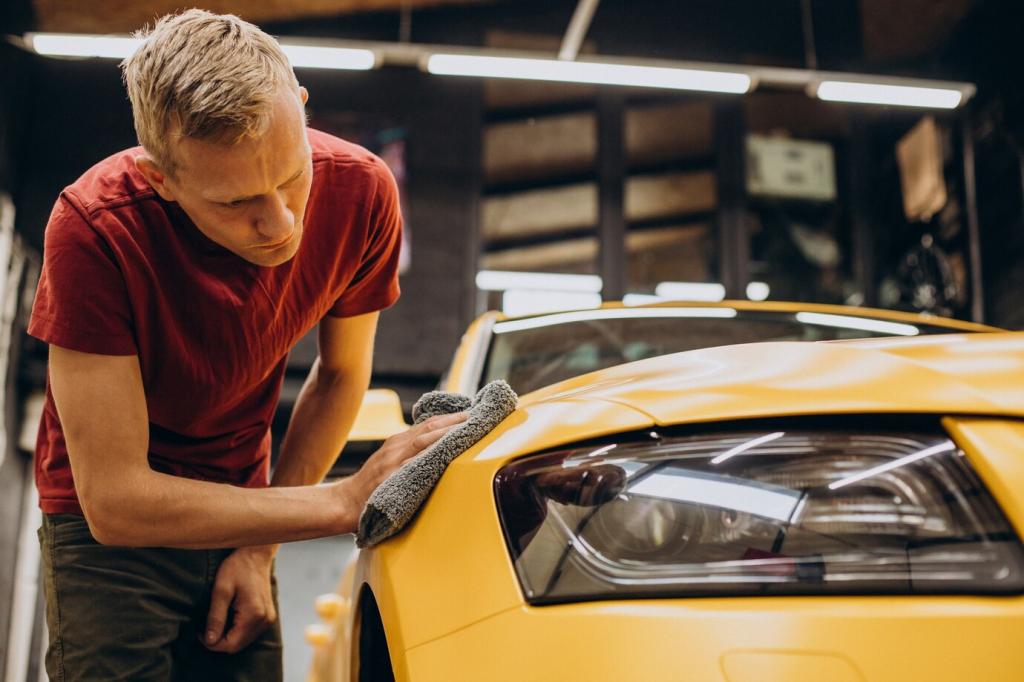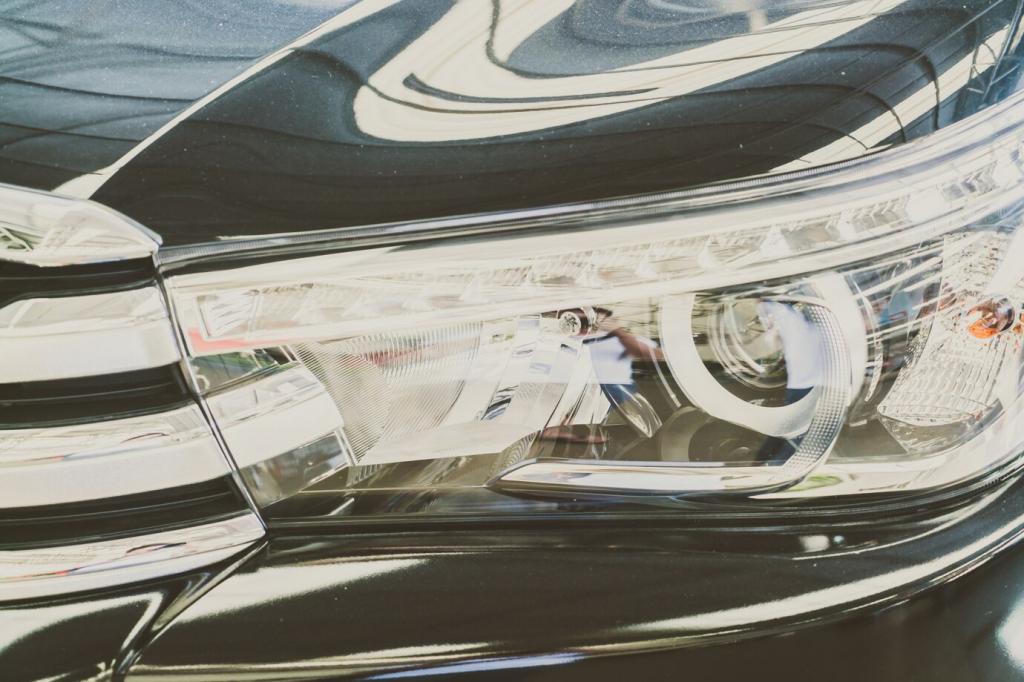Personalized Experiences Powered by Data
Models consider weather, parking habits, commute dust, and wash frequency to predict ceramic maintenance intervals. Customers receive timely nudges before hydrophobic performance fades. Try it: share your region and storage conditions, and we’ll suggest a personalized upkeep window.
Personalized Experiences Powered by Data
A chat assistant remembers trim type, wheel finish, and scent preferences, then books slots around your schedule. No scripts, just helpful prompts and confirmations. What would your ideal message say the day before an appointment? Write it and inspire others.



